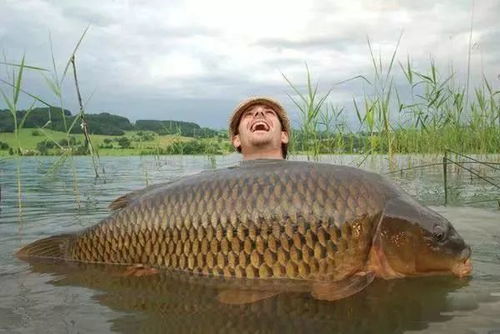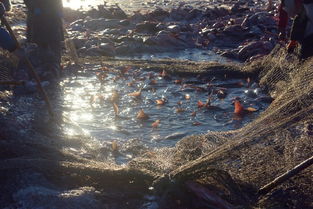Content:
Introduction: Fishing for silver carp, also known as grass carp, is a challenging yet rewarding endeavor. These majestic fish are not only known for their impressive size but also for their strong fighting spirit. Whether you are a seasoned angler or a beginner, mastering the art of catching silver carp requires patience, skill, and the right techniques. In this article, we will provide you with expert tips and techniques to help you succeed in your quest for the ultimate catch.
Choose the Right Fishing Pond: The first step in catching silver carp is to select the right fishing pond. Look for a pond that is known for its silver carp population. These fish are commonly found in ponds, lakes, and reservoirs, so do your research and choose a location that suits your needs.
Understand the Behavior of Silver Carp: To catch silver carp, it is crucial to understand their behavior. These fish are bottom feeders and primarily feed on aquatic plants and grass. They are most active during dawn and dusk, so plan your fishing trips accordingly. Additionally, silver carp are known for their unpredictable movements, so be prepared for sudden strikes and reeling them in with determination.
Select the Appropriate Equipment: To increase your chances of catching silver carp, it is essential to have the right equipment. Here are some key items to consider:
a. Rod and Reel: Choose a rod with a medium to heavy power and fast action. A 7-8 foot rod is ideal for silver carp. Pair it with a quality reel that can handle the fight and maintain a tight drag.
b. Line: Use a monofilament line with a breaking strength of 10-15 pounds. This line is strong enough to handle the silver carp's strength and flexibility.
c. Hook: A 1/0 to 3/0 wide-gap hook is suitable for silver carp. The wide gap allows for better penetration and reduces the risk of the fish swallowing the hook.
d. Bait: Silver carp are primarily herbivorous, so using natural bait such as corn, grass, or aquatic plants can be highly effective. However, artificial baits like Berkley PowerBait or corn kernels can also work well.
Master the Art of Baiting: Baiting is a crucial aspect of catching silver carp. Here are some tips to help you master this skill:
a. Prepare Your Bait: Whether you are using natural or artificial bait, ensure it is fresh and appealing. For natural bait, chop it into small pieces to increase its surface area and make it more attractive to the fish.
b. Attach the Bait: Use a small split shot or a weight to keep your bait on the bottom. Attach the bait to the hook using a Palomar knot or a improved clinch knot for a secure connection.
c. Present the Bait: Cast your bait near the edges of the pond or in areas with dense aquatic vegetation. Allow the bait to settle on the bottom and mimic the natural feeding behavior of the silver carp.
Techniques for Catching Silver Carp: Now that you have the right equipment and bait, it's time to apply some fishing techniques:
a. Cast and Wait: Once you have cast your bait, give it some time to settle on the bottom. Be patient and wait for the fish to strike. Silver carp can be slow to react, so don't rush the process.
b. Sensitivity: Silver carp are sensitive feeders, so it is crucial to detect their subtle strikes. Be attentive to any sudden movements or twitches in your line. When you feel a strike, set the hook quickly and firmly.
c. Reeling in: Once you have hooked a silver carp, be prepared for a strong fight. Keep a tight drag on your reel and reel in the fish slowly but steadily. Allow the fish to exhaust itself before bringing it close to the shore.
Safety Precautions: When fishing for silver carp, it is important to prioritize safety. Here are some precautions to keep in mind:

a. Wear a Life Jacket: Silver carp can be quite large and strong, so it is crucial to wear a life jacket while fishing from a boat.
b. Secure Your Boat: Ensure that your boat is securely anchored or tied to a dock. Silver carp can be unpredictable, and you don't want to lose your boat during the fight.
Conclusion: Catching silver carp can be a challenging but highly rewarding experience. By understanding the behavior of these fish, selecting the right equipment, mastering the art of baiting, and applying effective fishing techniques, you can increase your chances of success. Remember to prioritize safety and enjoy the thrill of the hunt as you embark on your quest for the ultimate catch. Happy fishing!












